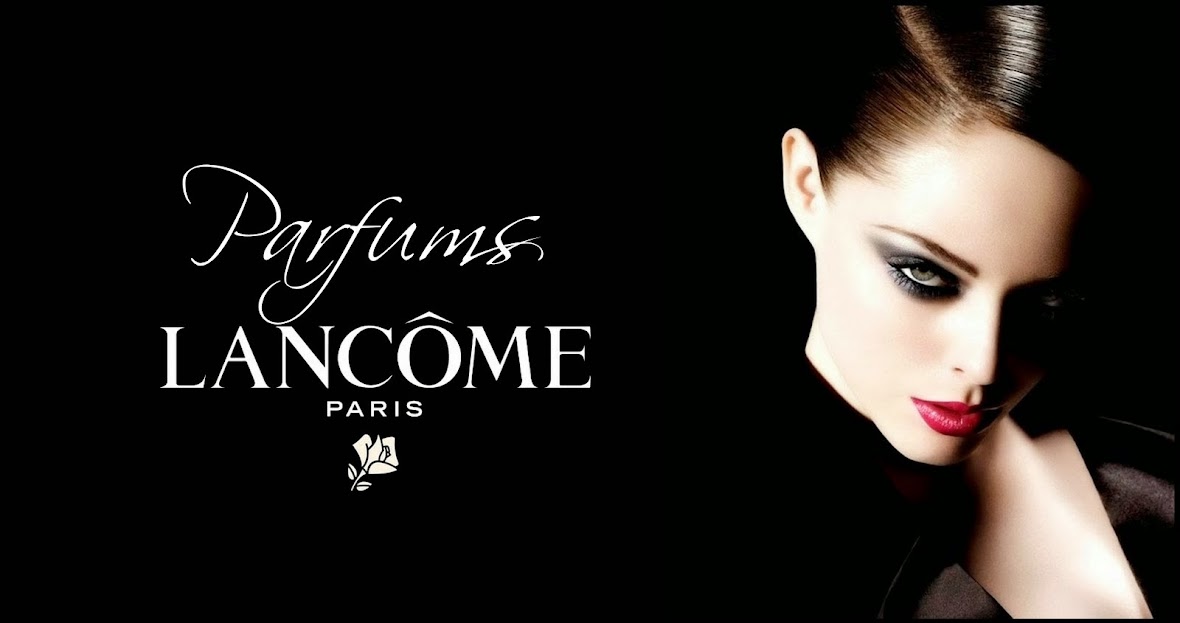Fragrance Composition:
So what does it smell like? It was a green chypre perfume with creamy notes of vanilla. It suggests the freshness of wet green leaves, flowers and woods and was suitable for evening. It was reported in a 1946 newspaper ad that there was no "animal" derived ingredients in this composition, so perhaps it used synthetic musk and ambergris.
- Top notes: acacia, aldehydes, Argentinean lemon verbena, daffodil, Parma violet leaf, Iranian galbanum, Indian citron, coriander
- Middle notes: Parma violet, French carnation, Alpine lilac, Comoros ylang ylang, spices, Mexican anise, Peruvian heliotrope
- Base notes: Mysore sandalwood, Mexican vanilla, Florentine orris, Java vetiver, ambergris, Yugoslavian oakmoss, Madagascar vanilla, Indonesian patchouli, tonka bean, musk
"Lancome offers Flèches; a precious fragrance that bursts into heady and powerful sweetness and sparkles in fresh and seductive scents. Like the arrow, it possesses its elegance and strength."
"Fleches - Evoking a greenhouse, fresh and secret fragrances- that of green leaves, mosses, and succulent plants - crossed and dominated by the aromas of rare flowers."
"Flèches by Lancome: they dart their slender points on the rarest flowers blooming for a ceremonial evening in the warmth of the greenhouses as if to better fix their precious and captivating scent."
"Exotic scents. A swarm of bees crosses Lancome's enchanted garden in "Fleches", permeated with the warm breath of the "Tropiques". But in the tangle of lianas and flowers with vermilion calyxes hides the “Tresor”, a diamond rose, shrouded in embalmed light."
"Eau parfumée à Flèches de Lancome: Here, the vanilla cuddliness of heliotrope is sharpened with arrows of jasmine, daffodil, acacia and vetiver, which spring from a resinous and woody base, nuanced with coriander, coumarin and musk. Thus is civilized the countryside of this very composite perfume which needs, for hot days, the dilution of perfumed water. In friction, it encloses the whole body in a nonchalantly voluptuous aromatic net."
Bottle:
Flacon designed by Georges Delhomme and manufactured by Verrières de la Bresle.The 1945 Lancome perfume catalog described the bottle and presentation box as:
"Bottle created by Lancôme: flat silhouette, trapezoidal with rounded contours, in smoked glass with a wide center line covered in fine gold which extends into the arrowhead stopper. Monochrome leather or skin case, rectangular shaped, enhanced with the emblem of the perfume in silver plated metal and gilded interior. It has two compartments (one of which is removable) sheathed in skin."
- 1 oz
- 3 oz
Fate of the Fragrance:
Discontinued, date unknown. During WWII, importations of Lancome fragrances such as Tropiques, Tendres Nuit, Fleches, Cuir, Conquete, Bocages, Peut Etre, and Kypre were halted and did not return to US soil until 1946.
A 1946 newspaper ad stated that "The first envoy of the French perfume industry arrived in America a short time ago. Mme. Elsi Cramer, a representative for Lancome, had much to say about American women and the subject of perfume. Madame claims that the American woman chooses many scents but never really tries to discover anything about perfume bases, the floral mixtures, or how the perfume is packaged. She is primarily interested in which scent will last the longest. Mme. Cramer declares that no one should ask that of any perfume! Instead, she says, that by carrying a small vial of your favorite perfume and dabbing on a few drops once of twice during the course of the evening, you will find that your perfume will achieve its purpose of being fresh and 'just put on.'
Tropiques, Fleches, Cuir, Kypre, Conquete, Qui Sait (pronounced key-say, Who Knows?) and Bocages are the newest perfumes in her line. The artistic packaging and the bottles themselves have been perfected after many long years of searching for the right thing.
American women once again may thrill to the wonderful French perfumes. And Mme. Cramer said that the formulas for these very same scents were closely guarded during the German occupation of France. So the return of French perfumes to the American market should mean a little more than just a comment of "oh, some more sweet smelling stuff has just arrived!" Taken into account should be the hard work, the scarcity of materials to work with and the hardships endured during the period when France was subjugated. Your perfume will mean much more to you when you think of those things."









No comments:
Post a Comment